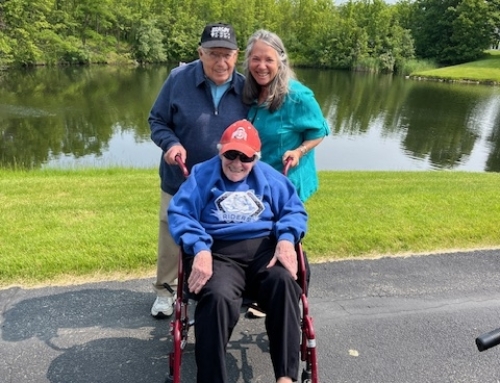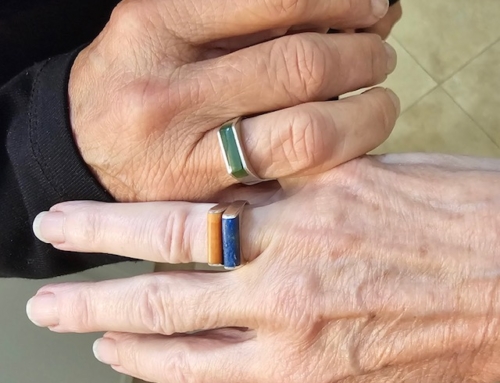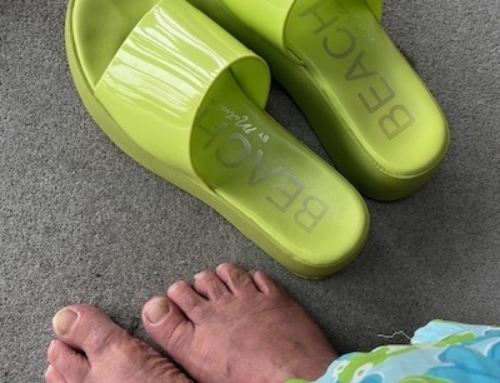
Good morning…
We are all creatures of habit. Left up to our own natural tendencies, we mindlessly repeat old patterns, again and again and again. For us to be guided by Christ’s loving, living Spirit, we learn our best way to tangibly surrender ourselves to God’s presence and welcome fresh power for the moment at hand. I am reminded of an option called “The Welcoming Prayer,” so I google the phrase and the following article pops up. New insights open before our eyes.
******
The Welcoming Prayer by Father Thomas Keating – JANUARY 13, 2018 by TOM FRONTIER
The Welcoming Prayer is a method of consenting to God’s presence and action in our physical and emotional reactions to events and situations in daily life. The purpose of the Welcoming Prayer is to deepen our relationship with God through consenting in the ordinary activities of our day. The Welcoming Prayer helps to dismantle the emotional programs of the false-self system and to heal the wounds of a lifetime by addressing them where they are stored — in the body.
Welcome, welcome, welcome.
I welcome everything that comes to me today
because I know it’s for my healing.
I welcome all thoughts, feelings, emotions, persons,
situations, and conditions.
I let go of my desire for power and control.
I let go of my desire for affection, esteem,
approval and pleasure.
I let go of my desire for survival and security.
I let go of my desire to change any situation,
condition, person or myself.
I open to the love and presence of God and
God’s action within. Amen
The Method
The history of the Welcoming Prayer is a little surprising. It’s not an ancient practice, though it’s an ancient idea. Mary Mrozowski of Brooklyn, New York — one of the first leaders of centering prayer — developed the method. She was inspired by Abandonment to Divine Providence, an early 18th century spiritual work by Jesuit priest and spiritual director, Father Jean Pierre de Caussade. Father Thomas Keating and others saw the value of her little method and over the years it has been supported, fine-tuned and expanded within the community of people who practice centering prayer and beyond.
If you are struggling with a bad feeling, this method offers a structured way to embrace and accept it, so you can release it and move on. There are three phases to the Welcoming Prayer. You might go directly from one to the next in a single, relatively formulaic prayer sequence. Or you might find yourself staying in one phase as it does its interior work. Using Rev. Cynthia Bourgeault’s labels, the three parts are:
Focus and sink in.
Welcome.
Let go.
Focus and sink in. This is not about indulging bad feelings. It’s not about amplifying them or justifying them. It’s about feeling the feeling. Allow yourself to become immersed in it. Let it wash over you. Don’t run away from it or fight it. Just feel what it’s like to be experiencing it.
The word “feel” can mean either to have a physical experience of touching, or to have a mental experience of encountering an emotion. Connect those two. Feel the emotion physically. Notice your body, how you are tense or anxious or hot or fidgety or lethargic. As with meditation, you are just observing the feeling, not trying to alter it.
Welcome. As I’ve said many times, you can only start from where you are, and you can only move forward if you accept where you are. So, now, affirm the rightness of where you are by welcoming the bad feeling or emotion, and acknowledging God’s presence in the moment. You do this by literally saying, “Welcome, [bad feeling].” If you are frozen in fear, say, “Welcome, fear.” Hot with rage, say, “Welcome, rage.”
Note: we’re talking here about feelings and emotions, not problems and physical hardships. We are not welcoming illness or injustice. If you are looking for relief from the struggle with a problem or illness through the welcoming prayer, think about what negative emotion or feeling is being kicked up. (It will likely be a variety of fear or anger.) You might be angry about unfairness, or afraid of the future. Remember, the welcoming prayer is for feelings and emotions, not what triggered them.
Many resist the idea of accepting where they are at, when where they are at is not good. But there’s nothing passive about acceptance. Acceptance merely establishes you in reality, so that you can respond to a situation effectively. If you are terrified about a health issue, that fear may be immobilizing you; accepting and then releasing the fear may free you to be able to deal with the issue.
Let go. There are at least four ways to let go in the welcoming prayer. Mary Mrozowski’s original version uses a fixed statement. You say these lines no matter what the specific issue:
“I let go of my desire for security and survival.
I let go of my desire for esteem and affection.
I let go of my desire for power and control.
I let go of my desire to change the situation.”
Another version takes just that last line and ties it to the current situation.
“I let go of the desire to change this feeling.”
A third alternative is even briefer, and names the feeling:
“I let go of my [fear/anger/etc.].”
And finally, my favorite, for its added depth with the same economy of words:
“God, I give you my [fear/anger/etc.].”
******
“Surrender. Let go. Have faith,” whispers our living Lord, who receives and transforms our painful emotions. Pour out all your worries and stress upon him and leave them there, for he always tenderly cares for you (1 Peter 5:7, TPT).
Releasing to God the first feeling connected to our old self-defeating habits, might we actively welcome the tender, transformative power of God?
…Sue…






